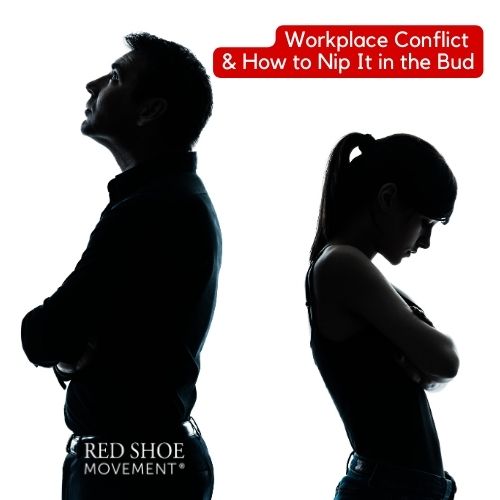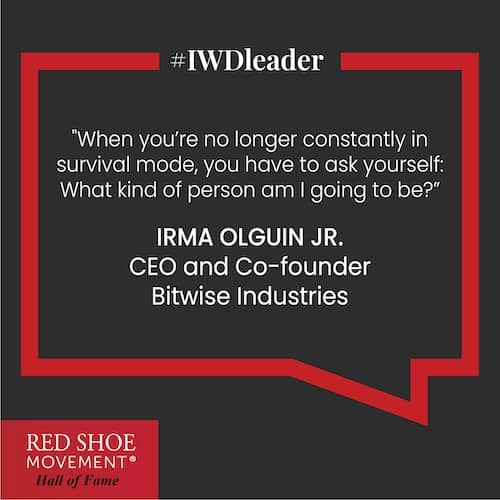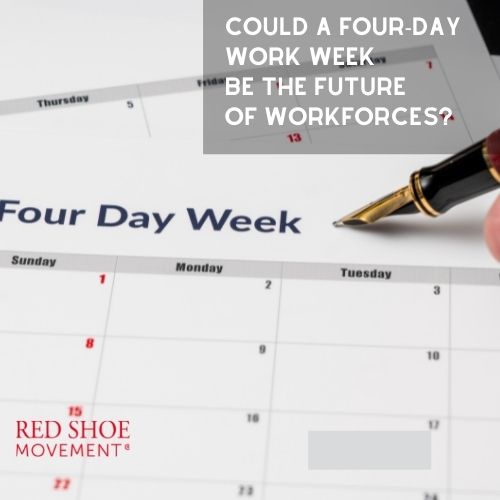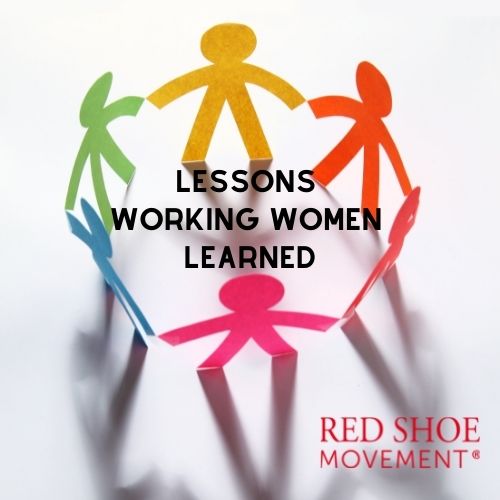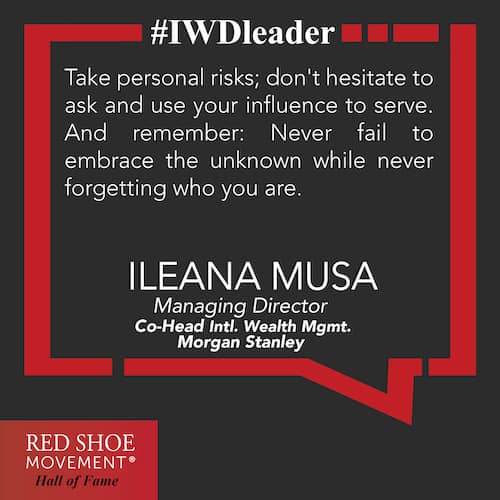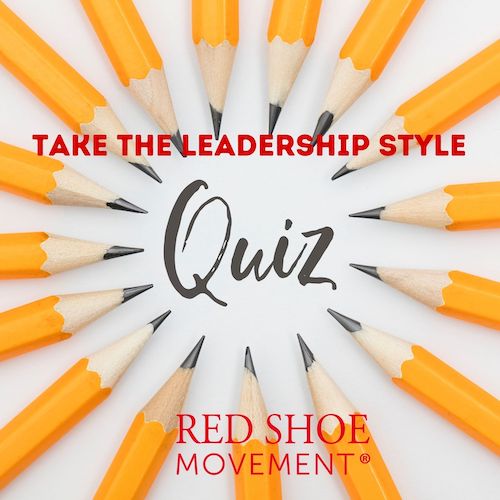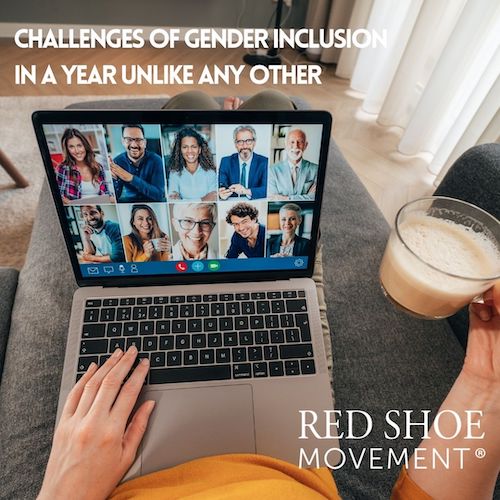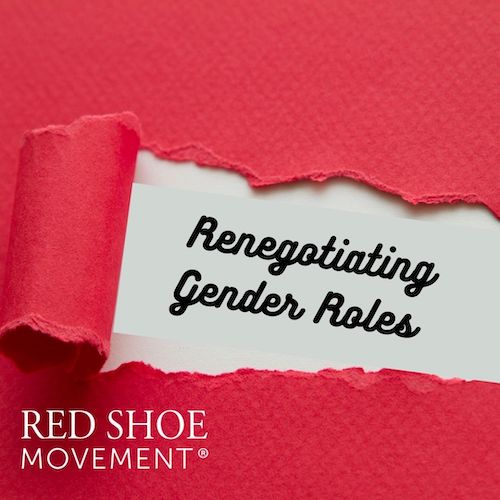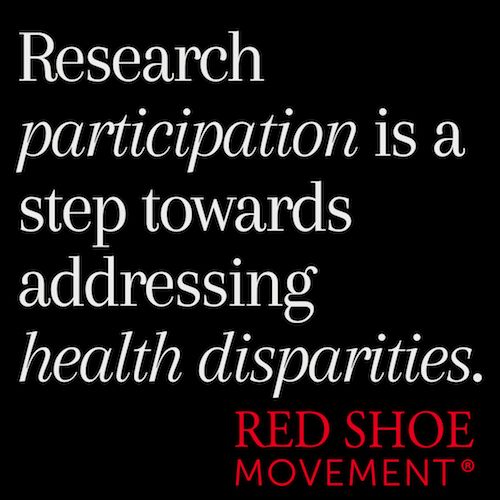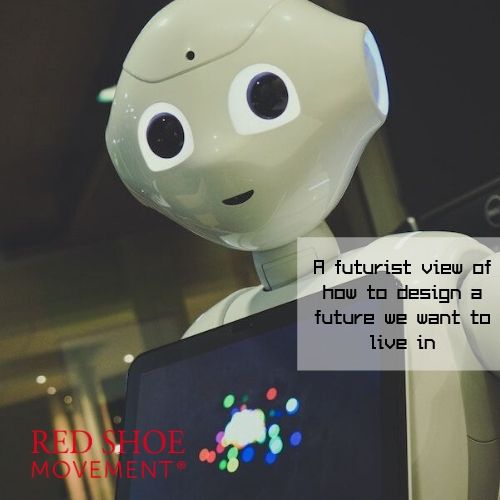We’ve all been there: that sinking feeling when you know a tough conversation is on the horizon. Whether it’s addressing a colleague’s performance, navigating a sensitive topic, or resolving a team conflict, these discussions are inevitable in our professional lives. But here’s the silver lining: with the right approach, difficult conversations can lead to growth, improved relationships, and better team dynamics.

Why Embrace Difficult Conversations?
Avoiding tough talks might seem like the easy route, but it often leads to unresolved issues festering beneath the surface. Research from Binghamton University highlights that engaging in these conversations can actually strengthen working relationships and serve as valuable tools for managing job-related stress. The key? Taking the time to validate each other’s concerns and finding common ground.
The Unaddressed Issue
I recall a time when I noticed a team member, let’s call her Jane, consistently missing deadlines. Initially, I chose to overlook it, hoping the situation would improve on its own. Yet, in my mind I was upset with Jane, and I assumed her inability to fulfill her responsibilities on a timely manner was related to her cultural background. The delays started affecting the productivity of the rest of the team. When I finally decided to talk to Jane, I discovered she was overwhelmed with a personal issue. By addressing the problem directly, we were able to assign someone to share her workload and provide the support she needed. This experience reinforced the importance of timely, open communication and of avoiding stereotyping. Because when you stereotype people and thus, assign them a certain number of characteristics, you’ll fall into confirmation bias at every turn. Which means, every time they fail at something, you use the failure as a confirmation of what you “already know” about them. Nothing could be less accurate and effective than assuming this attitude.
Workplace conflict and how to nip it in the bud
Strategies for Navigating Tough Talks
Here are a few strategies you can consider when trying to manage difficult conversations. You can find a step by step guide here.
Preparation is Key
Before diving into the conversation, take a moment to reflect:
- Clarify Your Purpose: Understand what you aim to achieve. Are you seeking a change in behavior, offering support, or resolving a conflict?
- Gather Facts: Base your discussion on concrete examples rather than perceptions. This approach minimizes defensiveness and keeps the conversation objective.
- Check Your Assumptions: We often interpret others’ actions through our own biases. Remember, impact doesn’t always equal intent. Approach the discussion with curiosity rather than judgment. Ask questions to help you understand the other person’s intentions, reasons, behavior, beliefs, etc.
Create a Safe Environment
The setting can significantly influence the outcome:
- Let the other person know you need to talk to them in a way that is not threatening. Consider phrases like: “I’d like to see if you can help me understand something…”; “There’s something I’d like to discuss with you to help us work more effectively together…” or “I need your help with something, can we talk soon?”
- Choose the Right Time and Place: Choose a format (virtual or in person) and a time with which both parties feel comfortable.
- Set a Collaborative Tone: From the beginning of the meeting, use language that emphasizes partnership. Try phrases like, “Let’s work through this together,” “The purpose of this call is to figure out the most effective way to work together.”

Engage in Active Listening
During the conversation:
- Be Present: Show genuine interest. Maintain eye contact, nod in acknowledgment, and avoid interrupting.
- Loop for Understanding: Summarize what the other person has said in your own words to ensure understanding and show that you’re listening. Use phrases like: “Let me see if I understand what you’re saying…” and end by asking: “Did I get it right?” If the other person confirms you got it, you can continue the conversation, otherwise, ask for further clarification.
- Ask Open-Ended Questions: During the conversation, encourage the other party to share their perspective. Ask questions like, “Can you help me understand your approach?” “Can you tell me more about that?”
Manage Your Emotions
It’s natural for emotions to run high during challenging discussions:
- Stay Calm: If you feel yourself getting heated, take a deep breath. It’s okay to pause and collect your thoughts.
- Figure out the Other Person’s Feelings: Validating emotions can diffuse tension and pave the way for constructive dialogue. So it’s critical for you to be tuned in to what your counterpart is feeling and to try to align to that feeling. For example, if they are angry, acknowledge their anger. If they are high energy, mirror that high energy with your tone and expressions.
Identify Common Ground
Try to find something in what the other person is saying with which you can agree and start building solutions from there.
Focus on Solutions
- Shift from problem-spotting to problem-solving:
- Brainstorm Together: Collaboratively explore potential solutions. This joint effort fosters buy-in and commitment.
- Set Clear Action Steps: Define what each party will do moving forward and establish a timeline for follow-up.
The Role of Empathy and Humility
Understanding and acknowledging the other person’s perspective is crucial. Practicing humility, where we see ourselves as equals and remain open to new viewpoints, can create a psychologically safe work environment. Building trust and fostering gratitude are key components in this process.

When Political Tensions Arise
In today’s polarized environment, political discussions can seep into the workplace, leading to discomfort and conflict. To navigate these waters you can take depolarizing workshops that will help you first, depolarize yourself and then, help you to have conversations with people on the other side of the aisle.
These insights can be helpful here:
- Practice Humility: Approach conversations with the mindset that everyone’s perspective is valid. Avoid stereotyping or vilifying “the others” or putting entire groups in a “they/them” bucket. It’s not helpful for anyone.
- Find Common Ground: Focus on shared values and goals to bridge divides. If you approach people with curiosity and ask lots of questions about their feelings, rather than facts, you’ll be surprised to discover how much you have in common. So, instead of asking: “Who did you vote for?” (Fact) ask: “How do you feel about the way things are going in the country?”
- Know When to Disengage: It’s okay to steer conversations back to work-related topics to maintain a harmonious environment. You don’t have to continue with a political conversation if things get heated up or if you’re uncomfortable. Just suggest that you take a break, move on to safer ground, pick up the conversation later, and so on.
Difficult conversations are, well, difficult. But they’re also opportunities—for understanding, growth, and building stronger professional relationships. By approaching these discussions with preparation, curiosity, empathy, and a focus on collaborative solutions, we can transform challenges into positive outcomes.
Remember, the goal isn’t to “win” the conversation but to foster mutual respect and understanding. So, the next time you’re faced with a tough talk, take a deep breath, lean into the discomfort, and trust in your ability to navigate it with grace.
And if you’re ready to embark in a career growth journey where you learn skills such as conflict resolution, explore our Step Up Plus program.

























































